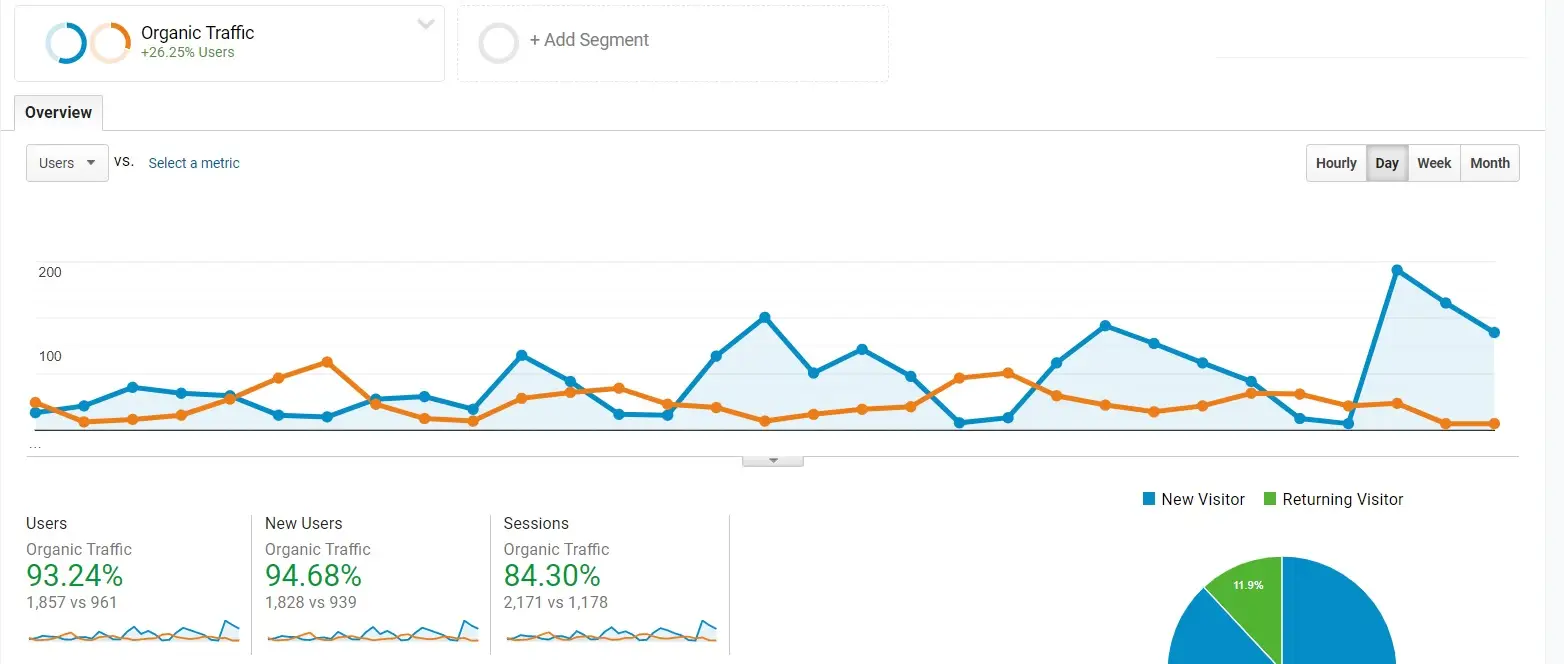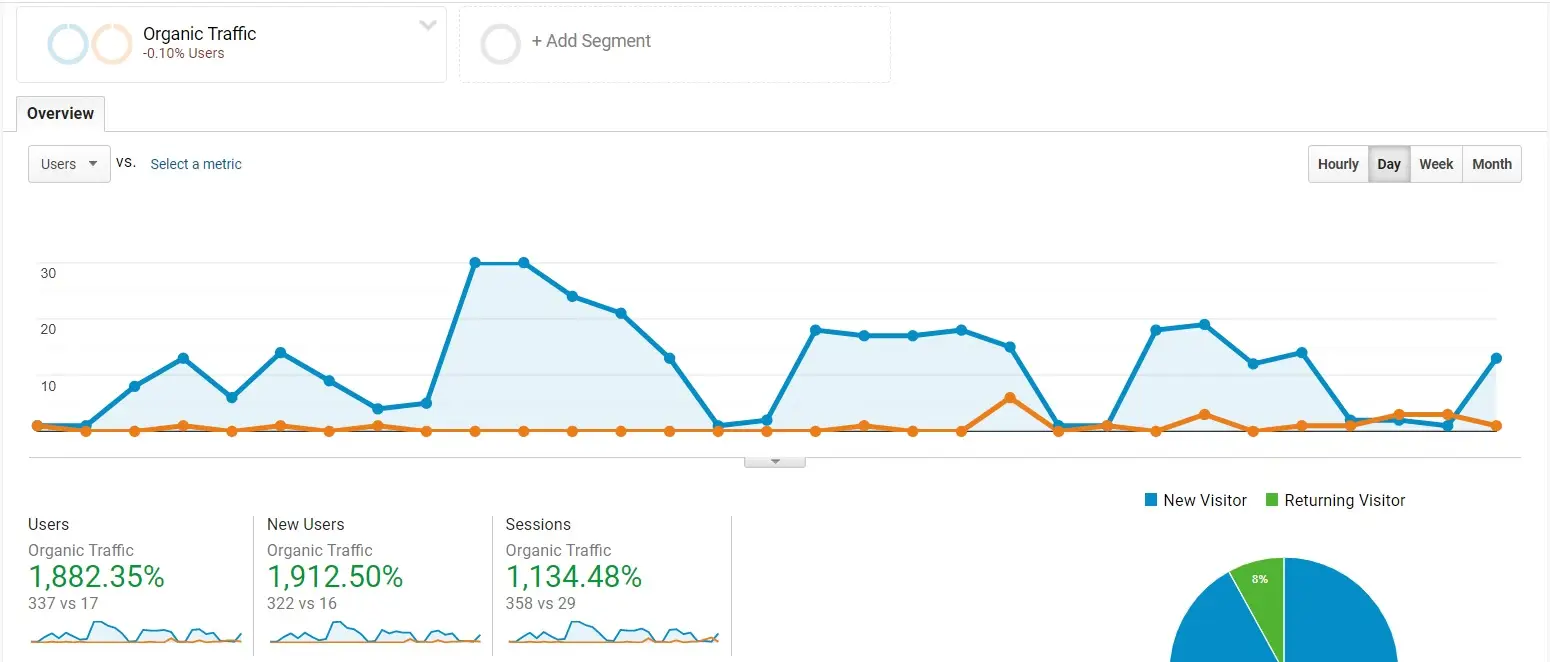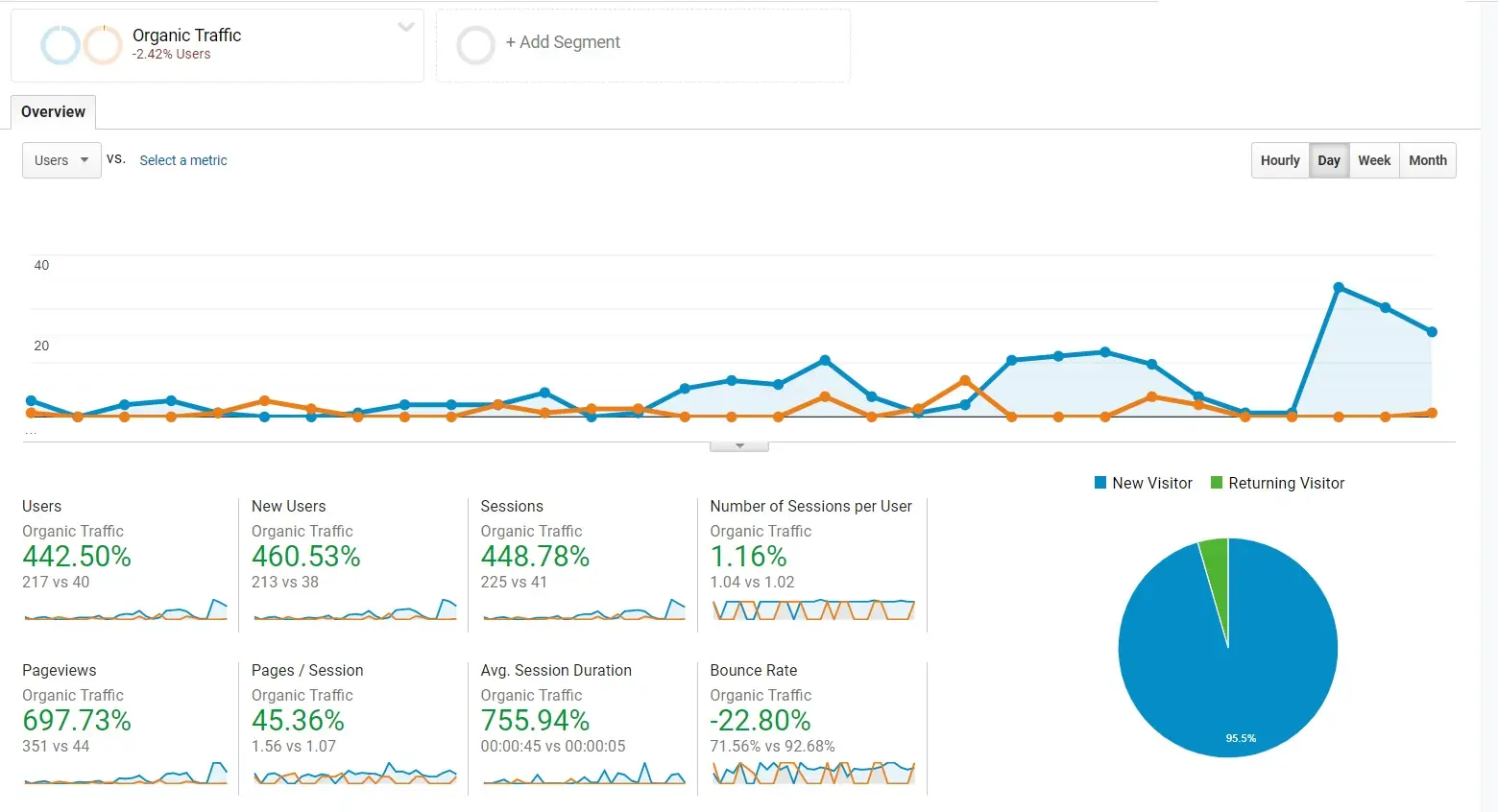Understanding Latent Semantic Indexing (LSI) in SEO: A Comprehensive Overview
If you’ve encountered the term “latent semantic indexing” (LSI) and found yourself scratching your head, you’re not alone. The concept can seem daunting, especially to those new to search engine optimization (SEO). However, understanding LSI is crucial for marketers and vital for how search engines interpret and rank content. In this article, we’ll delve into what LSI is, its relevance in SEO, and actionable strategies for incorporating LSI keywords into your content strategy to enhance visibility and engagement.
What Is Latent Semantic Indexing?
Latent semantic indexing is a mathematical technique that helps categorize and retrieve information based on the relationships between words and their contexts. Developed in the late 1980s, LSI employs a method called Singular Value Decomposition (SVD) to simplify complex datasets. Think of LSI as a way for search engines to understand the nuances of language, allowing them to discern meaning beyond just individual keywords.
For example, when you search for “apple,” LSI allows the search engine to recognize related terms like “fruit,” “nutrition,” or “recipes.” This capability enables search engines to connect various pieces of content about healthy snacks, ensuring that users find the most relevant information.

How LSI Operates
LSI operates by analyzing text through the creation of a Term Document Matrix (TDM). This matrix displays how frequently words appear across various documents, allowing the algorithm to filter out common words (known as stop words) and focus on significant content words. This analysis reveals patterns in how words are used together, offering deeper insights into context.
Imagine you’re writing about “the best places to visit in Paris.” LSI helps identify concepts such as “travel,” “sightseeing,” and “culture,” which are all contextually relevant. By understanding these connections, search engines can better link related searches, ultimately enhancing the user experience.
The Role of LSI in SEO
The role of LSI in SEO has been a topic of considerable debate among digital marketers. While some advocate for its importance, others, including Google’s Webmaster Trends Analyst John Mueller, suggest that LSI keywords might not be as impactful as once thought. This skepticism stems from the fact that LSI was created long before the vast data landscape of the internet, and many view it as outdated.
As Google evolves, it employs advanced machine learning techniques—such as RankBrain—to more effectively interpret user intent. This progression indicates that while LSI can inform keyword strategies, it should not be seen as the sole solution for achieving high search rankings.
Do LSI Keywords Really Exist?
The term “LSI keywords” implies that using related keywords can enhance your SEO performance. However, many experts debate the actual existence and effectiveness of these keywords in modern SEO. Critics argue that the original concept of LSI did not account for the immense and dynamic datasets found on the internet today.
Nevertheless, incorporating synonyms and contextually related terms remains beneficial. For instance, if you’re crafting content about “dog training,” using related phrases like “obedience training,” “puppy behavior,” and “canine obedience” can enrich your content and make it more relevant to a wider audience.
How to Identify Related Keywords
To effectively leverage LSI in your SEO strategy, identifying related keywords is essential. Here are several practical methods to help you uncover these terms:
Google Search Suggestions: When you start typing a keyword into Google, pay attention to the autocomplete suggestions. These often include related searches that reflect what users are commonly looking for.
Google AdWords Keyword Planner: This tool provides insights into not just your main keyword but also related keywords and their competitiveness, helping you identify additional terms to include.
Keyword Research Tools: Platforms like SEMrush, LSI Graph, and Ubersuggest can generate lists of relevant keyword suggestions based on your primary keyword, offering a treasure trove of ideas.
Co-occurrence Analysis: Look at trending articles in your niche to identify keywords and phrases they frequently use. This can help you understand the language that resonates with your target audience.
Google Autocomplete: As you type a keyword, Google offers suggestions based on what others have searched for, providing insight into related queries.
Related Searches: At the bottom of the search results page, Google lists related terms that can be valuable additions to your content.
Snippet Descriptions: Google emphasizes closely related phrases in search results; including these in your content can significantly enhance relevance.
Google Images: Searching your keyword in the image section can reveal associated terms that you might not have considered.
Best Practices for Using Related Keywords
Incorporating related keywords effectively can make a significant difference in your content’s performance. Here are some best practices to follow:
Focus on Relevance: Choose related keywords that align closely with your main topic and have a substantial search volume. This ensures your content attracts the right audience.
Understand User Intent: Determine what your audience is looking for—whether it’s informational, navigational, or transactional queries—and tailor your content to meet those needs.
Avoid Keyword Stuffing: Resist the urge to overload your content with keywords. Instead, use them naturally and contextually to maintain readability and engagement.
Incorporate Structured Data: Using structured data can enhance your site’s visibility by providing search engines with clearer context about your content, which can improve how your pages are displayed in search results.
Limitations of LSI
Despite its potential benefits, it’s important to acknowledge the limitations of LSI. Originally designed for smaller, static datasets, LSI struggles to adapt to the ever-changing nature of the internet. Research has shown that LSI cannot easily integrate new documents without recalibrating the entire dataset, making it less practical for real-time web applications.
Does Google Use LSI Keywords?
A common misconception is that Google incorporates LSI keywords into its ranking algorithms. However, John Mueller has repeatedly clarified that “there’s no such thing as LSI keywords.” This view is supported by many industry experts. The misunderstanding likely stems from Google’s acquisition of Applied Semantics in 2003, which aimed to improve semantic analysis for advertising but does not indicate that LSI plays a role in search ranking.
The Reality of LSI in SEO
In today’s SEO landscape, LSI is often viewed as an outdated concept that lacks significant influence on modern practices. The association between LSI and Google’s ranking algorithms is largely unfounded. As advancements in artificial intelligence and natural language processing continue to evolve, it’s essential for SEO practitioners to shift their focus towards creating high-quality, relevant content that incorporates a variety of related terms, rather than clinging to the outdated notion of LSI keywords.
Conclusion: LSI as a Guiding Principle
Latent semantic indexing offers valuable insights into how search engines understand content and interpret user intent. Although the direct impact of LSI on SEO rankings is debated, the core principles of LSI—emphasizing context and relevance—remain critical for any effective content strategy. By thoughtfully integrating related keywords and gaining a deep understanding of user intent, marketers can enhance their content’s visibility and relevance in an ever-evolving digital landscape.
In summary, while LSI may have been a foundational element in the development of search algorithms, its principles continue to inform best practices in SEO. By focusing on high-quality content that speaks to user needs and incorporating contextually relevant terms, you can navigate the complexities of modern SEO with confidence and effectiveness. Embrace the evolving nature of SEO, and let the lessons of LSI guide your content strategy towards greater audience engagement and search visibility.


